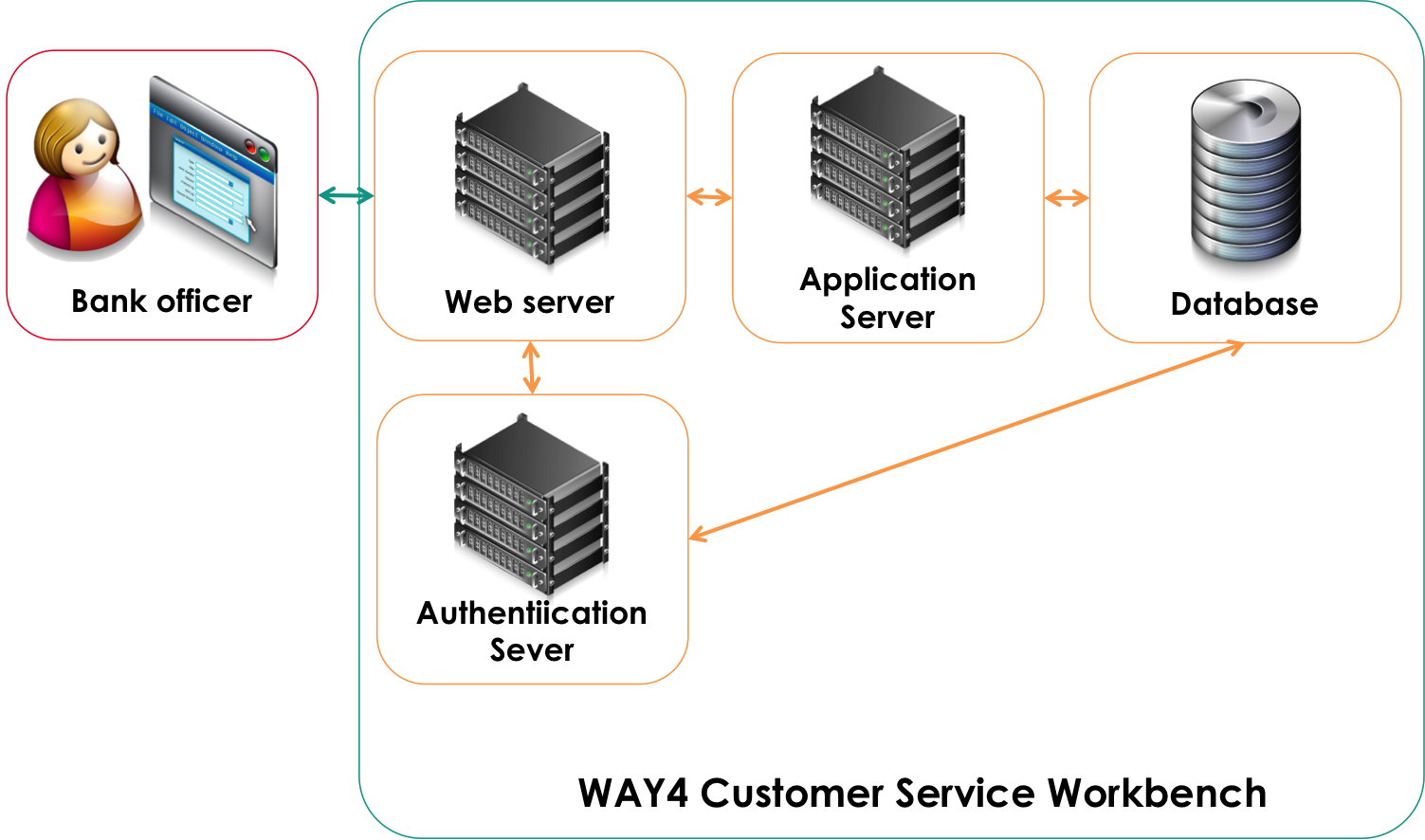Workbenches Q1 2018 Update
<Enhancements to the existing product>
Access Granted Double-Check
The ‘access-granted’ double-check is a major enhancement in all workbenches that are based on the WAY4 case management platform – Claim Management, Dispute Management, Risk Management and others. Processors serving more than one bank are more likely to keep it on, as a necessary security measure.
Whenever someone initiates a document activity via configuration or operation screen, now WAY4 performs a second-level verification of the user access privileges. If the action is forbidden for this particular user, WAY4 displays a message about insufficient rights. More specifically, in earlier releases it was already possible to define fine-grained user access control to cases, through the Case Management-level grants. However, the new Access Granted Double-Check feature ensures an additional control of data access against the system-level officer grants. Subsequently, the combination of both access restriction levels applies – that is, case management-level restrictions as well as system-level restrictions.
Access can be granted or denied for individuals or groups of users. It can cover product categories, financial institutions and domains.
Some examples of how it works:
WAY4 always checks if the particular user has the right to manage cases of the selected financial institution.
Risk department officers can put a card into the exception list only if they are permitted to manage this particular issuer.
Customer Service Workbench
Due to the ‘access-granted’ double-check, the workbench users can only access documents of their assigned financial financial institutions, regardless of the actual contract hierarchy.
Now WAY4 applies the ‘Maker-checker’ approach when a bank officer initiates ‘Credit Account’, ‘Debit Account, ‘Charge Fee’ and ‘Charge Manual Fee’ actions towards the cardholder. By default, WAY4 won’t post the created documents until the supervisor approves the actions.
The view of the contract hierarchy of cards with several linked accounts has changed. Now the main card resides on the top level, and all linked account contracts are shown under the card. It simplifies the clerk’s work with information for each sub-account. This enhancement is especially useful when showing the hierarchy for a multi-currency card and its related accounts in different currencies.
When creating a new client contract, corporate card issuers can select a corresponding liability contract. We added this feature to simplify corporate card reporting.
When searching the cardholder transaction history, bank officers can use a new filter – Balance Change Mode. It helps to exclude the transactions which did not change the balance, such as PIN Change or Balance Inquiry.

